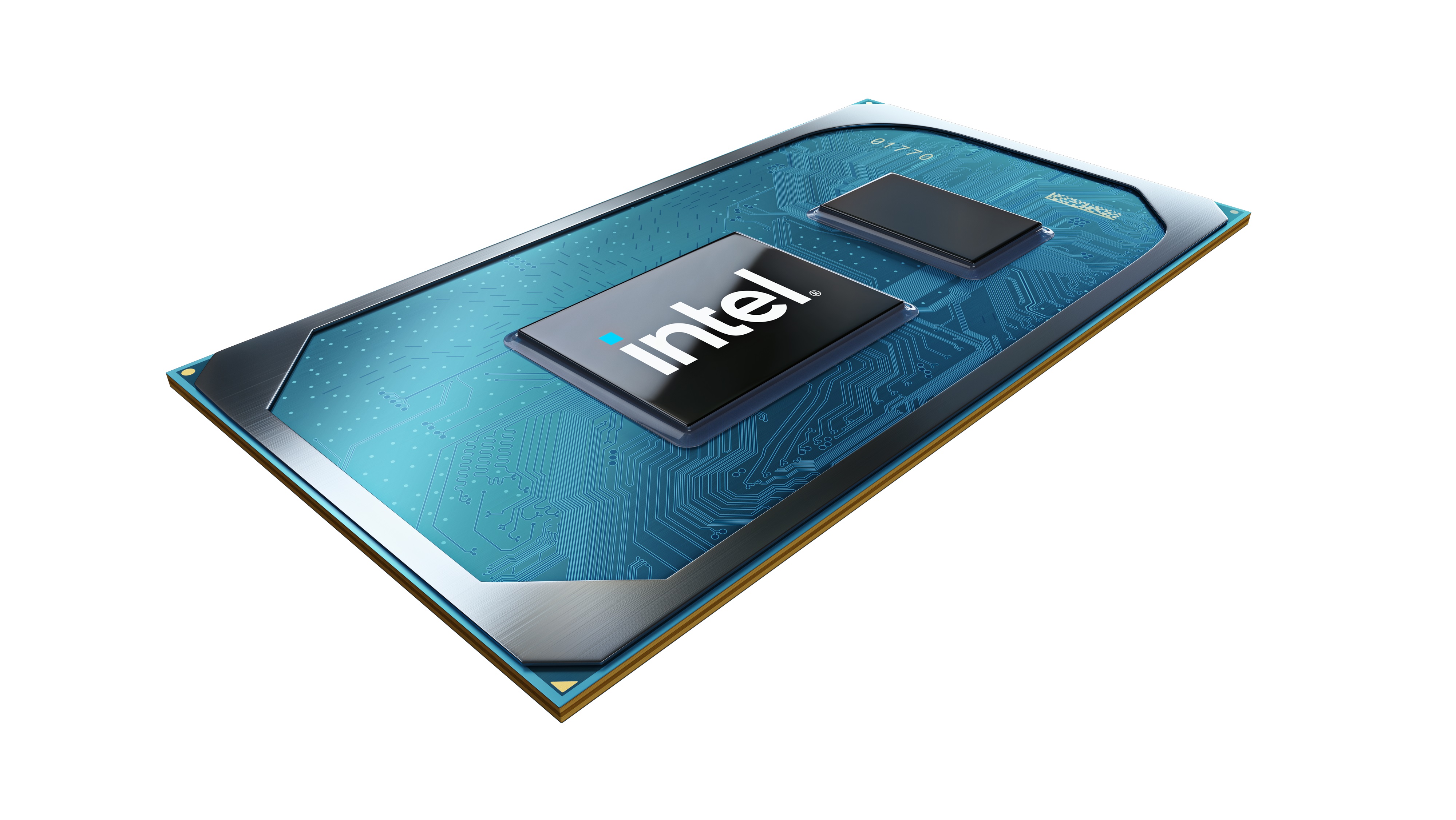
Dynamic Tuning and the TDP conundrum:
Unlike Ice Lake and earlier generation hardware, Intel doesn’t specify a fixed TDP for Tiger Lake parts. Rather, manufacturers can pick from a range of power configurations, ranging from 12W to 28W for UP3-class chips. OEMs can pick and set a TDP between 7 to 15W for UP4-class hardware. The idea is that Intel now gives OEMs greater flexibility in terms of designs, chassis profile, and battery life. This certainly helps OEMs tweak laptop designs to segment their product stack and improve their bottom line. The problem is that varying TDP configurations make Tiger Lake model numbers effectively useless for end consumers. Let’s look at an example:
Theoretically, the Intel Tiger Lake Core i7-1185G7 is at the very top of the product stack. In its 36W Dynamic Tuning configuration, we saw some impressive performance up against the Comet Lake i7-10750H. In maxed-out TDP configurations, the i7-1185G7 spends more of its time close to its peak 4.3 GHz all-core clock. In lower-power configurations, however, things start looking a lot less pretty. The lower-tier i7-1165G7 is 10 percent faster in our Cinebench R20 test.
The lack of a fixed TDP means that there’s even the potential for performance overlap between UP3-class chips and “ultra-low” voltage UP4 hardware. Manufacturers can configure UP4 chips like the Core i7-1160G7 at up to 15W. Considering they have similar core configurations, a maxed out UP4 i7-1160G7 could outperform the “top-end” i7-1185G7 in 12W configurations. This is a big problem for consumers. Top-end Tiger Lake parts likely add more to an OEM’s BoM than midrange chips. This means that could potentially charge more for “premium” Tiger Lake laptops, even though they run slower than their midrange counterparts. Uninformed consumers and the purchase department at large businesses could just look at the top of the product stack, assume the i7-1185G7 delivers superior performance, and end up with a laptop that’s as much as 30 percent slower than expected.
AMD plays fast and loose with power consumption figures and nomenclature, too, though perhaps not to the same extent as we see with Tiger Lake.
Our tests indicate that on certain Ryzen 5 4500U-equipped laptops like the Redmibook 16, AMD’s 15W TDP is only a theoretical number. Under load, the Redmibook 16 blew well past that number, drawing 31W of power.
At the higher end, the Renoir Ryzen 7 4700U, Ryzen 7 4800U, and Ryzen 9 4900U are all the exact same chip, just binned differently: would consumers willingly buy the Ryzen 9 4900H knowing it was just a higher-clocked variant of the 4700H?
The answer here is simple. Just go back to fixed TDPs and ensure OEMs comply with them. Customers will know what they’re getting: power limits and poor cooling won’t act as barriers to performance on top-end hardware. As we can see here, this is sadly not even a Tiger Lake-specific issue. The chart below shows significant discrepancies in multi-core performance on Ice Lake 1065G7 and Ryzen 7 4700U devices. The difference is that Tiger Lake’s lack of a fixed TDP widens these deltas even further.
The Link LonkOctober 05, 2020 at 03:44PM
https://ift.tt/34uSsMS
Enough with the confusing Tiger Lake model names, Intel: the lack of fixed TDP makes model numbers useless to consumers - Notebookcheck.net
https://ift.tt/2YXg8Ic
Intel

No comments:
Post a Comment